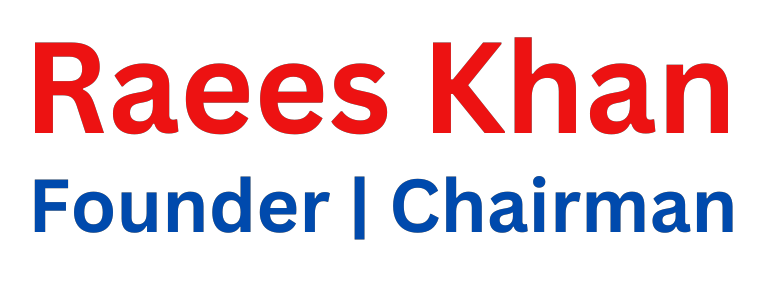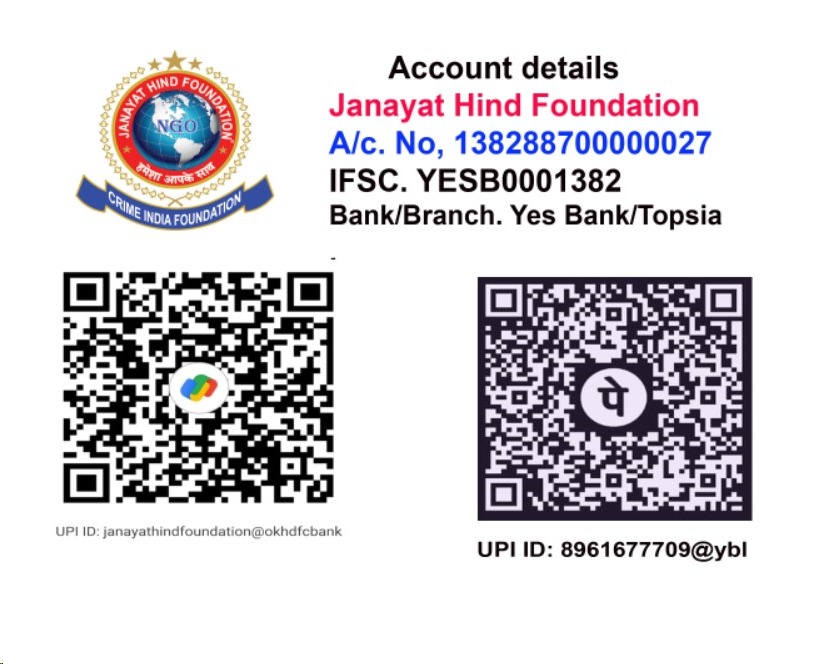Why DeFi Access Through Cross-Chain Bridges Is a Game Changer for Multi-Chain Trading
Ever gotten that feeling something big is shifting beneath your feet? Yeah, me too. Lately, I’ve been diving headfirst into how DeFi access is morphing thanks to cross-chain bridges. Seriously, it’s like watching the wild west of crypto suddenly get a map—well, kinda. The whole multi-chain trading scene is buzzing, but not everything is as smooth as it sounds.
Here’s the thing. When you’re a trader juggling assets on different blockchains, friction is your worst enemy. Switching chains used to feel like hopping through hoops blindfolded. Now, bridges are popping up everywhere, promising seamless value transfers. But can they really deliver without sacrificing security or speed? That’s where my curiosity kicked into high gear.
Initially, I thought cross-chain bridges were mostly hype, just flashy tools with limited real-world utility. Then I stumbled upon some platforms integrating these bridges directly with centralized exchange wallets, which honestly caught me off guard. It’s like blending the best of two worlds—DeFi’s openness with the usability of centralized systems. Hmm… maybe this is the breakthrough multi-chain trading needs.
Oh, and by the way, if you’re hunting for a wallet that syncs nicely with a centralized exchange like OKX, you might wanna check out this OKX Wallet. I’ve been messing around with it recently, and it smooths out a lot of the usual annoyances.
Let’s unpack why cross-chain bridges are not just a fad and how they fuel better DeFi experiences across multiple chains.
Cross-Chain Bridges: The Nervous System of DeFi
Imagine DeFi as a bustling city, but each blockchain is its own neighborhood with gated entrances. Cross-chain bridges act like highways connecting those neighborhoods, allowing assets and data to flow freely. But here’s the catch—those bridges often come with trade-offs. Some are slow, others costly, and a few downright risky.
My gut told me that not all bridges are created equal. For example, some rely on centralized validators, which kinda defeats the decentralized ethos. Others use complex smart contracts that can be vulnerable to exploits. So, while the idea is elegant, the execution sometimes feels like the wild west still.
On the other hand, I found that newer bridges are experimenting with decentralized validation and multi-signature schemes to boost security. That’s promising, but it also adds layers of complexity that can slow down transactions or spike costs. On one hand, you want trustlessness; on the other, you crave speed and affordability. It’s a tough balance.
What bugs me is how fragmented the user experience still is. You might have to jump between 3-4 apps just to move tokens from Ethereum to BSC and then trade on a DeFi platform. But if wallets start integrating these bridges natively—like what OKX Wallet is doing—you get a much more fluid flow.
Seriously, the convenience factor can’t be overstated. Imagine being able to swap assets across chains, stake, or lend without leaving your wallet interface. That’s a subtle game changer.

Multi-Chain Trading: The New Frontier
Multi-chain trading isn’t just a buzzword; it’s becoming a necessity. Different chains offer unique DeFi protocols, liquidity pools, and incentives. Sticking to one chain feels like leaving money on the table. But juggling multiple wallets and exchanges? That’s a pain.
Check this out—when you have a wallet integrated with a centralized exchange like OKX, combined with native cross-chain bridge support, suddenly you can trade on multiple blockchains from a single interface. It’s like having a Swiss Army knife for crypto trading. The efficiency gains are huge.
I’ll be honest, I was skeptical about the security implications at first. Mixing centralized and decentralized elements often raises red flags. But the way some wallets compartmentalize keys and transactions, plus the built-in safeguards OKX Wallet offers, gives me more confidence.
Still, I’m not 100% sure this model is the final answer. There’s always risk lurking—smart contract bugs, bridge hacks, or even regulatory headaches. It’s a fast-moving space, and what’s cutting-edge today might get outdated or compromised tomorrow. But having these tools at your fingertips makes you feel less like a crypto cowboy and more like a trader with a solid toolkit.
Why Integrated Wallets Matter
Okay, so check this out—wallets that embed cross-chain bridges and connect directly to centralized exchanges are emerging as real power players. They reduce the number of steps, cut down on manual transfers, and often provide better fee transparency. Plus, they can tap into the liquidity and order books of large exchanges while keeping access to DeFi protocols.
Here’s what bugs me about the old ways: having to constantly switch apps or rely on sketchy swapping sites introduces friction and risk. When you’re trading with real money, every extra click or delay can cost you. Integrated solutions like the one you can explore at https://sites.google.com/okx-wallet-extension.com/okx-wallet/ offer a streamlined experience that feels almost too good to be true.
That said, I’m still cautious. Wallet security is paramount, and while these integrated wallets are improving, the responsibility still falls heavily on users. Phishing attacks, seed phrase mishandling, or just plain user error can wreck your day. So don’t get lazy just because the tech looks slick.
On balance, though, the benefits of seamless DeFi access through cross-chain bridges and multi-chain trading capabilities outweigh the drawbacks—especially if you’re an active trader who wants to stay nimble and capitalize on opportunities wherever they pop up.
Looking Ahead: What’s Next for Cross-Chain DeFi?
Honestly, I think we’re just scratching the surface here. The next wave might bring even smarter bridges that use zero-knowledge proofs or other cryptographic tricks to boost privacy and reduce fees. Or wallets that intelligently route trades across multiple chains for best prices without you lifting a finger.
Still, something felt off about the hype cycle; not every project will survive, and some bridges might implode spectacularly. But that risk is baked into the game, right? What keeps me hooked is watching these innovations unfold live. It’s like being part of a real-time experiment in reinventing finance.
Anyway, if you’re serious about multi-chain trading and want a wallet that’s not just another static storage box, you should seriously consider tools that integrate cross-chain bridges and centralized exchange connectivity. My personal go-to has been the OKX Wallet, which nails a lot of these points.
So yeah, keep your eyes peeled and your private keys close. The future of DeFi access is multi-chain, and the bridges you choose might just make or break your trading edge.
Frequently Asked Questions
What exactly is a cross-chain bridge?
It’s a protocol that connects two different blockchains, allowing tokens or data to move between them. Think of it as a digital ferry carrying assets from one island (chain) to another.
Are cross-chain bridges safe to use?
They vary. Some are highly secure with decentralized validators, while others rely on centralized parties—making them more vulnerable. Always research the bridge’s security model before using.
How does multi-chain trading benefit me?
It lets you access unique DeFi opportunities and liquidity on different blockchains without being limited to one. This flexibility can improve your trading strategies and returns.
Can I trade across chains from a single wallet?
Yes! Wallets like OKX Wallet integrate cross-chain bridges and centralized exchange access, enabling multi-chain trading in one place.
Partner links from our advertiser:
- Real-time DEX charts on mobile & desktop — https://sites.google.com/walletcryptoextension.com/dexscreener-official-site-app/ — official app hub.
- All official installers for DEX Screener — https://sites.google.com/mywalletcryptous.com/dexscreener-apps-official/ — downloads for every device.
- Live markets, pairs, and alerts — https://sites.google.com/mywalletcryptous.com/dexscreener-official-site/ — DEX Screener’s main portal.
- Solana wallet with staking & NFTs — https://sites.google.com/mywalletcryptous.com/solflare-wallet/ — Solflare overview and setup.
- Cosmos IBC power-user wallet — https://sites.google.com/mywalletcryptous.com/keplr-wallet/ — Keplr features and guides.
- Keplr in your browser — https://sites.google.com/mywalletcryptous.com/keplr-wallet-extension/ — quick installs and tips.
- Exchange-linked multi-chain storage — https://sites.google.com/mywalletcryptous.com/bybit-wallet — Bybit Wallet info.




